Answer these simple questions and we will find you the BEST prices
Which type of solar quotes do you need?
It only takes 30 seconds
100% free with no obligation

Get up to 4 quotes from our selected suppliers by filling in only 1 form

Save money by comparing quotes and choosing the most competitive offer

Our service is 100% free and with no obligation
- Market-Inspector.co.uk
- Photocopiers
- 3D Printers
3D Printers in the UK
What Is 3D Printing?
3D printing, also known as 3-D printing, three dimensional printing, 3DP, or additive manufacturing, is a process that is used to produce three dimensional objects from a digital design. The technology has a wide variety of valuable applications, both within private and commercial contexts.
What started as a niche, hobby product, is now seeing a growing adoption within various stages of industrial production processes. Businesses can use three dimensional printing to customise products, speed up design cycles and turn a concept into a solid product in a matter of hours.
Are you looking for an A3 printer? Maybe a photocopier? Then fill out the request form at the right side of the page and our qualified sales team will prepare a list of suppliers according to your needs. There is no charge or obligations for these services, so send us your request today!

3D printing is already making a significant impact on a series of industries and how they compete. Several multinational firms, namely: Volvo, General Electric, and Boeing, have improved their product development cycle rates and reduced their lead times by integrating industrial additive manufacturing processes. It is easy to understand why these companies have done so: Volvo has decreased the turn-around times on their engine assembly tools by 94%, General Electric can print fuel nozzles that are 25% lighter and 500% more durable than current nozzles, and Boeing has printed around 300 different parts that have been used in the production of ten of their aircraft production programmes.
Why Your Business Needs a 3D Printer
The benefits of three dimensional printing are both direct and indirect. Investing in a 3D printer for your business could potentially mean a more efficient supply chain and lower financial, social and environmental costs. Regardless of if you buy or opt for a printer hire, your business will feel the benefits of having a 3D printer.
Commercial entities that need to keep their intangible assets confidential and require a high level of customisation and reliability in their production processes will find that 3D printing can deliver several benefits that closely match their needs.

Imagine what 3D printing could do for your business. You could physically visualise the form and shape of your product, the impact it could have on your promotional efforts and the efficiencies it could provide to your supply chain. Furthermore, prototypes could be presented to focus groups to gauge their perspective on its physical attributes and emotional effect.
How Does 3D Printing Work?
3D printing is a multistage process that begins with the need to solve a problem, such as: replacing a part or tool, communicating physical aspects of a design, or producing a complex three dimensional product. Once the design specifications have been determined, the concept is digitally rendered using computer aided design (CAD) software. This software is used to model printable three dimensional results and communicate with 3D printers.
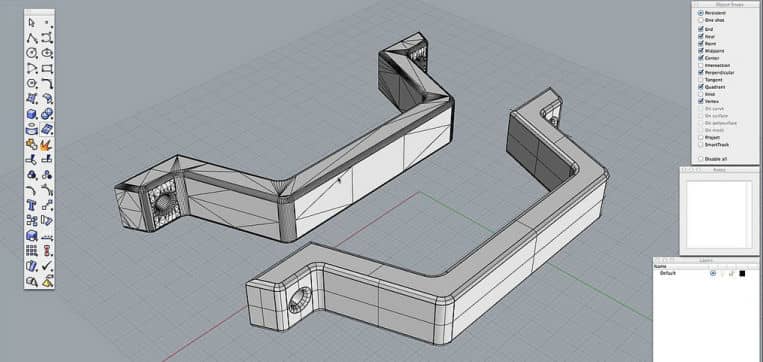
The final step is to print the digital design; the exact printing procedure depends on the type of printer. 3D printing is essentially an additive process that builds up the result incrementally, in layers, on a millimetre scale.
The Benefits of 3D Printing
The growing adoption of additive printing in production processes is in part due to four core features that are inherently superior to current production processes. Furthermore, as these benefits increase in value and application, we will see a larger adoption of the technology in terms of both scale and scope.
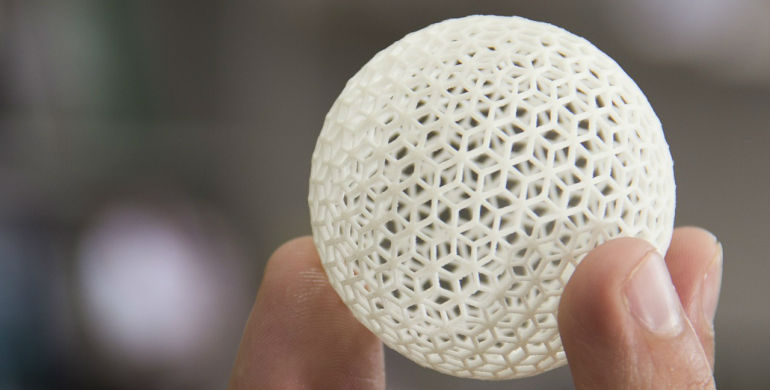
The current benefits of three dimensional printing include:
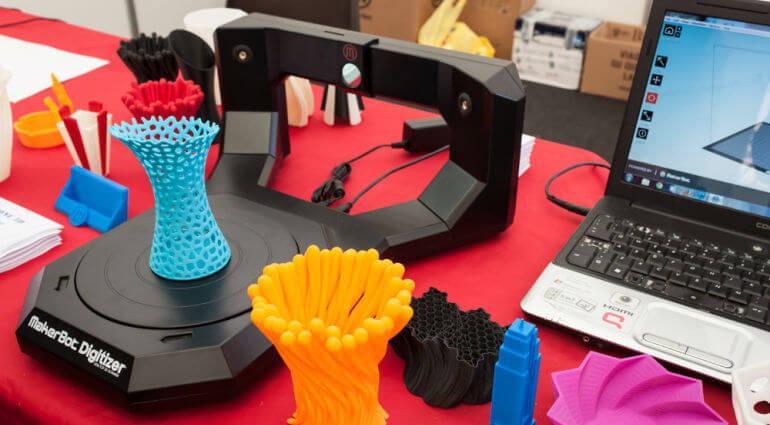
Some say that additive printing is the future of manufacturing and that it is changing the dynamics of global supply chains. While this manufacturing process is certainly innovative, its full potential is yet to be achieved. What can be said with certainty is that there are well documented benefits to 3D printers production and design processes. Businesses that are looking for new and cost effective ways to be competitive should consider how their operations could benefit from integrating additive manufacturing technologies into their processes.
3D Printing Applications
There are currently a wide range of practical applications of three dimensional printing. Some are already being employed in commercial operations and private households while others are used for hobby projects or are still in the developmental phase.

One trend is clear: it is no longer an expensive technology that has an exclusive use on a factory floor; there are businesses, hobbyists, makers, and designers that use the technology everyday to improve how they run their business and express their ideas. Some examples of how this technology is being used include:

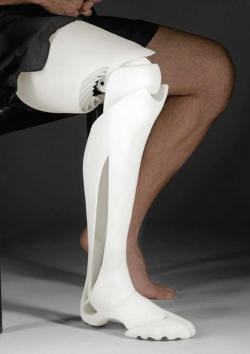
Different Types of 3D Printers
There is a difference between consumer 3D printers and a commercial 3D printers in terms of capability, cost, size, and the required level of operational expertise. Most private consumers have their printing needs met at on-demand service suppliers. These services provide consumers with the possibility to print their designs in brick and mortar shops or as a make-to-order online service that sends the result in the post.
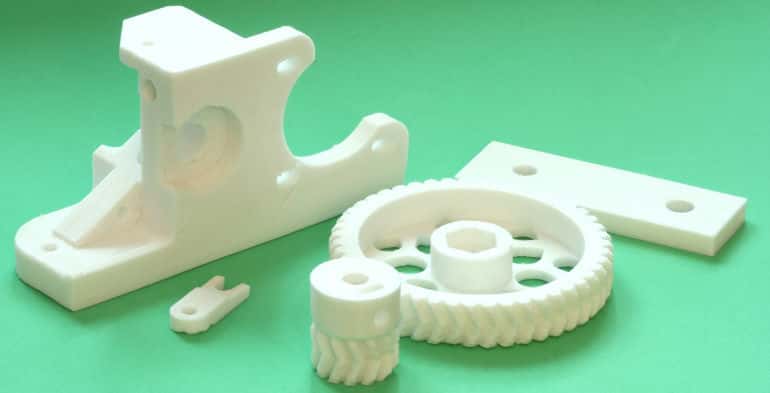
Business needs typically differ from consumer needs as they require consistent results, the ability to print using specialised ingredients, and the need to keep their designs confidential. Commercial 3D printers are typically used during rapid prototyping and design processes. They can benefit companies that need to produce tools, fixtures and other complex parts. The best printer for your business is essentially one that fits well with your production and design needs while adding value and reducing indirect and direct costs.
There are a variety of printing methods and processes that are respectively suitable for different situations and needs and as the 3D printing industry is still in its infancy, new methods are constantly being researched and introduced. There are currently eight main types of 3D printers and some are known under several different names. They can differ in terms of accuracy, speed, cost, level of waste, the range of materials that can be used, and the quality of the finished product.
| Extrusion, Fused Deposition Modelling (FDM), or Free Form Fabrication (FFF) | This is the most recognisable 3D printing process and it works by melting a plastic filament which is then layered onto the build platform which moves. Layer by layer, it builds the object. The process typically uses two thermoplastics as printing materials: polylactic acid (PLA) and acrylonitrile butadiene styrene (ABS), and for a watertight finish it requires acetone post-print curing. |
|---|---|
| Stereolithography (SLA) | SLA is recognised as having pioneered the three dimensional printing technology. The process is used to produce highly accurate parts by hardening photopolymer resins in a vat with a high powered laser. This process requires some post printing cleaning and curing and the resulting object can become brittle with time. |
| Digital Light Processing (DLP) | Much like SLA, DLP works with photopolymers but instead of a high powered laser, DLP uses a high powered arc lamp. This improves the printing time, reduces the amount of waste, and makes it more cost effective than SLA. However, it does require some post printing curing and cleaning. |
| Inkjet Binder Jetting | This process involves spraying a powder bed with a solution that binds the powder material to form a solid object. The layers of the object are formed by lowering the powder bed incrementally as the binding solution is applied. This process can also be applied to food and ceramics and the process also allows for the a full colour palette to be used as a binding solution. While this solution is similar to laser sintering, it is not as strong and requires post processing to improve its strength. |
| Inkjet Material Jetting | This approach is highly similar to the familiar inkjet printing as photopolymers are sprayed using multiple heads across a surface in layers that are cured using ultraviolet (UV) light. This process is ideal for printing objects that have several materials with differing qualities. This type of 3D printer is favoured for its high quality, accuracy and smooth finish. |
| Laser Sintering and Laser Melting | This method shines a high powered laser across a bed of compacted powder material. The laser fuses the granules together to form a solid object. This method is ideal for printing complex figures but because of the high temperatures from the laser, the cooling times are longer. Both plastic and metal objects can be printed using this method. However, there is a risk of the surface being porous and not as accurate as SLA or DLP. |
| Selective Deposition Lamination (SDL) | The design of this printer uses a technique that applies adhesive to the surface of paper that is layered and heated to create a strong bond. Each layer is then cut with a knife to shape the object and another layer is then applied and the process is repeated until the form is complete. This process is ideal for printing 3D shapes that need to use CMYK colours but it is limited in the possible size of results. |
| Electron Beam Melting (EBM) | This is a metal printing method that is valuable for companies that need to create solid metal parts using a variety of metal combinations. The method uses an electron beam to heat up the metal powder in a vacuum to produce medical grade parts that have potential in aerospace and automotive manufacturing. |
3D Printing Solutions
Needless to say, there are various options when it comes to finding a three dimensional printing solution that works for you; your business could invest in a machine that is then owned by the company and becomes a permanent internal asset. This is an ideal option for businesses that are looking to guarantee the confidentiality of their designs.

It is also possible to rent or lease 3D printers; this could be a valuable solution for businesses that either cannot afford the costly investment, are looking to test the technology, or are simply looking to use the technology as a temporary solution to a unforeseen problem. Finally, there are companies that offer their 3D printing services to businesses want to outsource the process. This type of service can be ideal for businesses that don’t need to keep their designs confidential while looking for a low cost, convenient solution.
Maintaining Your 3D Printer
Most 3D printing machines are reliable but like anything else, they will eventually need servicing. Depending on your chosen solution, most suppliers of 3D printers will be able to offer an after sales servicing agreement.
In order to make sure that you get the most out of your investment, it is highly recommended that you enter into a service agreement. Suppliers will be able to assist you with everything from re-supplying printing materials to a full service and maintenance programme that includes 24/7 maintenance coverage, proactive servicing audits, and regular operational training.
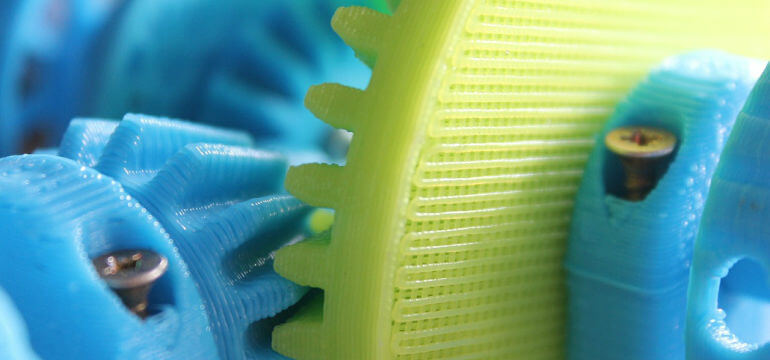
Complete a quote request form today, for free and we will assist you with finding a supplier of a 3D printer that meets your business needs. Whether for production, design or marketing purposes, we can connect you with a qualified supplier that will supply you with a solution that works for you.
Fill in the form in just 1 minute
We strive to connect our customers with the right product and supplier. Would you like to be part of Market Inspector?

